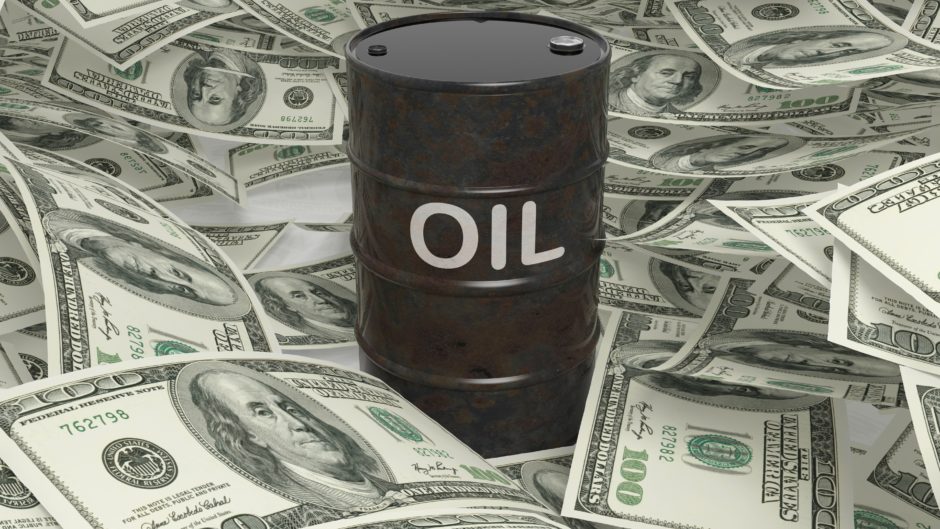
Oil steadied after a three-day gain as concerns that near-term Chinese demand may decline amid a surge in Covid cases offset support from lower US inventories and a weaker dollar.
West Texas Intermediate traded near $79 a barrel after rallying more than 5% in the week’s first three sessions. In China, the largest crude importer, traffic in the biggest cities has fallen to the lowest since the Lunar New Year break in the early part of the year as the abrupt end to Covid Zero sparks outbreaks.
Still, the Energy Information Administration reported a 5.9-million-barrel draw in US commercial stockpiles last week, with nationwide holdings at the lowest level for this time of year since 2014. Also, the US currency weakened on Thursday, making commodities more attractive for overseas buyers.
Oil is poised to end a volatile year modestly higher as traders attempt to gauge the market’s trajectory into 2023. Among the main drivers are recession risks in the US and Europe as central banks continue to tighten, the impact of Group of Seven sanctions on Russian flows, and whether the Organization of Petroleum Exporting Countries and its allies will cut supply further.
“It’s quite frothy in thin liquidity and the gains look exaggerated to me, even given the draw in US inventories,” said Vandana Hari, founder of Vanda Insights. “Demand worries will prevail over any short-term props.”
The G-7 has imposed a $60-a-barrel cap on Russian oil and curtailed access to services including insurance unless cargoes are bought at or below that figure. The move is meant to punish Moscow for the invasion of Ukraine while keeping crude flowing, but an initial Bloomberg tally showed shipments had fallen.
Prices
- WTI for February delivery was 0.4% higher at $78.58 a barrel on the New York Mercantile Exchange at 7:24 a.m. in London
- Brent for February settlement added 0.2% to $82.40 a barrel on the ICE Futures Europe exchange.